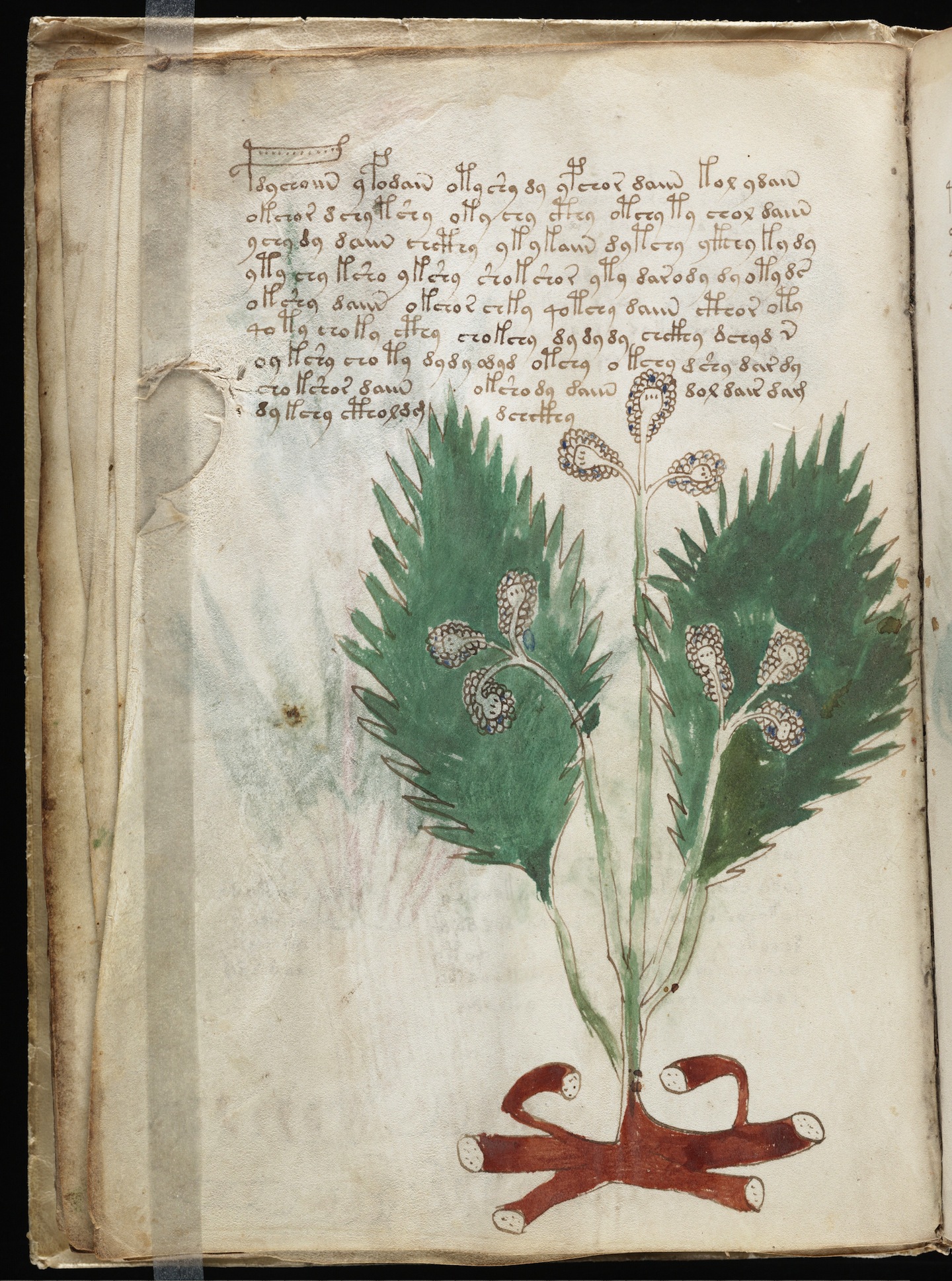
The purpose of the course is to familiarize the students whose primary interests lie outside of the sciences with the power and beauty of mathematics. In particular, we want to show how relatively simple mathematical ideas can be applied to answer real world questions.
On a concrete level, we would like to discuss specific and relevant real-life examples. For example, polling data -- what does an "error of 3 %" mean? In personal finance, what does the phrase "effective annual rate" mean? We would like to demonstrate that mathematics is a powerful tool allowing us to answer these and many other questions.
The course is intended, in particular, for "artists and poets" and we include several references to the works of literature and art. The course starts with a mathematical analysis of a short story by an Italian writer D.Buzzati, which contains an elaborate example of a constant speed motion model. Logarithms provide a mathematical foundation for the design of the music scales and tuning of the musical instruments. In connection with the method of radiocarbon dating, we discuss some of the mysteries of the famous Voynich manuscript (see the image on the right), an undeciphered early 15th century text whose author, language and subject are unknown.
The prerequisites are restricted to numerical and symbolic computation skills at the level of high school algebra. We hope the course can help people without extensive mathematical training to learn to analyze data sets and real world phenomena, and to be able to distinguish statements that are mathematically reasonable from those only pretending to be.
The students will participate in choosing the topics discussed in class.
Together with my co-author and the co-developer of the course, Apoorva Khare, we have written a book based on the course lectures, to be published by Yale University Press in 2015.